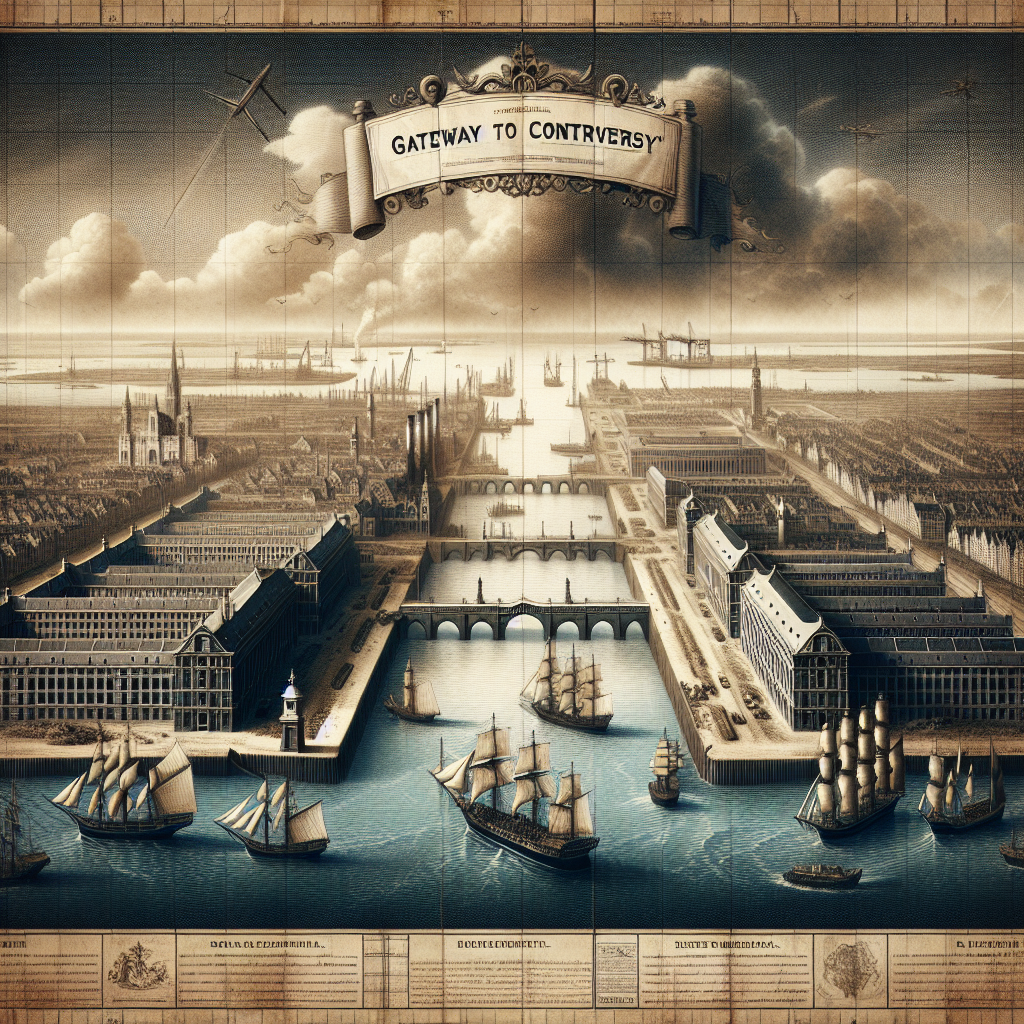Imagine a port city bustling with activity, brimming with historic charm, and acting as a hub for international trade — that’s Zeebrugge for you. Located on the coast of Belgium, the Port of Zeebrugge is not just a key player in global shipping; it’s a fascinating blend of history, culture, and modernity. Initially constructed in 1907, it has grown to become one of Europe’s most crucial ports. Serving as the primary maritime gateway for Belgium, Zeebrugge is a bridge between the continent and the wider world.
Zeebrugge’s strategic significance is comparable to beating heart valves, with every motion resonating with international economies and local livelihoods. It plays a substantial role in handling cargo from countries far and wide, making it a magnet for globalized trade. For those keen on sustainability, the port has also committed to reducing its carbon footprint, addressing environmental concerns head-on. It’s interesting how a giant like this isn’t just about industry and trade but also about harmonizing economic growth with environmental responsibility.
The economic influence of the Port of Zeebrugge extends well beyond Belgium’s borders, being a significant player in Europe’s logistic and trade networks. Take the automotive industry, for example—Zeebrugge is one of Europe’s leading car-handling ports. Whether it’s Volkswagen or luxury giants like BMW and Porsche, numerous half-completed car displays are shipped from here. The bustling car terminal displays a sea of precision and impeccable organization, flowing into the European market like a river’s tributaries, nourishing a greater collective.
Moreover, Zeebrugge excels in handling liquefied natural gas. As countries push for cleaner energy alternatives, the demand for LNG has sky-rocketed, and Zeebrugge stands out as one of the key distribution points. Its LNG terminal significantly contributes to Europe’s energy security, offering a more eco-friendly alternative to coal and oil. Trade dynamics often paint a vivid picture of diversity and adaptation, and the choices we make on the energy front could either sustain or reform this delicate balance.
Now, listeners from coastal communities may empathize with a deeper narrative: the duality of globalization’s pros and cons. On one hand, Port of Zeebrugge increases employment opportunities, improves infrastructure, and enhances international connectivity. It’s a town that thrives on the back and forth of container vessels, fueling local and national economies. On the other hand, the scale of operations raises questions about environmental sustainability, where diesel fumes resonate with hidden consequences affecting local air quality and biodiversity.
Many countries are dependent on ports like Zeebrugge, seeing them as critical links in maintaining the flow of goods and keeping economies stable. Despite all this progress and development, the port faces contemporary challenges. The unpredictability of global trade movements, fluctuating market demands, and even the political dance around Brexit created uncertain times. However, it's also a testament to the human spirit to adapt, persevere and emerge stronger.
To peek into the lives of those who work tirelessly at this bustling entity reveals a spectrum of emotions and experiences. From port operators to logistics managers, laborers scurrying about creating an intricate ballet of transport and transition—every role, no matter how small, is interwoven into the larger tapestry of the port’s operation.
With the European Commission focusing on curbing environmental degradation, Zeebrugge is increasingly implementing green strategies. This shift towards eco-friendly operations demonstrates a nuanced understanding that economic prosperity should not overshadow ecological preservation. Initiatives like zero-emission policies and sustainable infrastructure development are actively shaping Zeebrugge’s future.
It’s crucial to consider diverse perspectives while assessing the Port of Zeebrugge’s significance. For those sensitive to environmental issues, its progress towards reducing its carbon footprint is encouraging. Those interested in economic growth can view the port as an essential cog in the machinery that powers the European economy. Its evolution from a historical fishing village to a modern industrial hub shows human ingenuity and persistence.
At its core, the Port of Zeebrugge represents the dual narrative of human aspiration and nature's resilience. It exemplifies how modern society can negotiate the scales of industrial growth and environmental preservation. The ongoing story of Zeebrugge is interactive—resilient, thoughtful, and brimming with perspectives that challenge and captivate in equal measure.

